In the magical journey of a child’s growth, the Little Potters’ Studio is like an enchanting oasis, offering endless joy and opportunities for development. This park, using clay as its medium, quietly plays multiple wonderful roles, helping children grow healthily and happily.
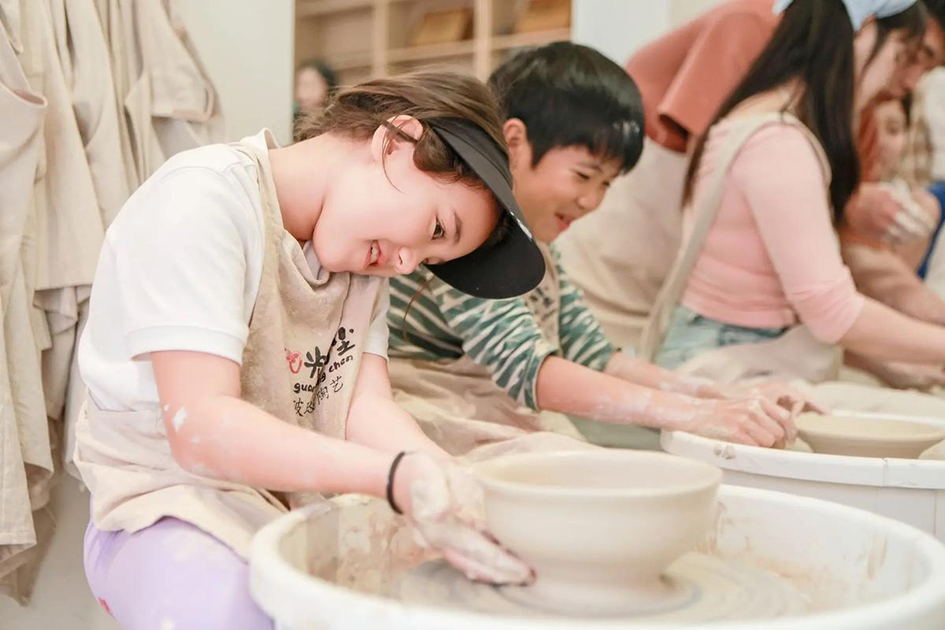
Children’s ceramic art activities significantly enhance hand muscle strength and fine motor skills. When children first touch the soft, moist clay, their little hands eagerly begin to knead it. Every press, squeeze, and roll is like a “special training session” for their hand muscles. For example, when making a simple ceramic cup, a child needs to use their fingers to steadily shape the walls of the cup. The pressure must be just right—neither too strong, which could cause the clay to collapse, nor too weak, which might result in a loose and unstable form. Throughout this process, the small muscle groups in the hands are fully engaged, gradually building strength and dexterity. In the subsequent decoration phase, such as using fine tools to carve patterns or attach small embellishments, the precision of their finger movements becomes increasingly refined. These fine motor skills are essential foundational abilities for activities like writing and drawing, paving the way for children’s future academic success.
What is even more magical is that ceramic handcrafting is like opening a door to a three-dimensional world, greatly cultivating children’s spatial imagination. At the beginning, when facing a lump of clay, children need to conceive a three-dimensional shape in their minds. For example, they imagine how tall the towers of a castle should be, how deep the moat should be, and how the internal space should be arranged to hide treasures. From a two-dimensional design sketch to building a real three-dimensional shape with clay, the brain continuously performs complex spatial conversion calculations. For example, if they want to create a flying house, they have to think about how to make the house float, where to place the wings, and what size they should be to make it both aesthetically pleasing and in accordance with the principles of flight. This process of constructing a virtual three-dimensional space in the mind and putting it into practice allows children’s spatial imagination to enhance, planting the seeds of wisdom for future studies in geometry, physics, and other subjects.
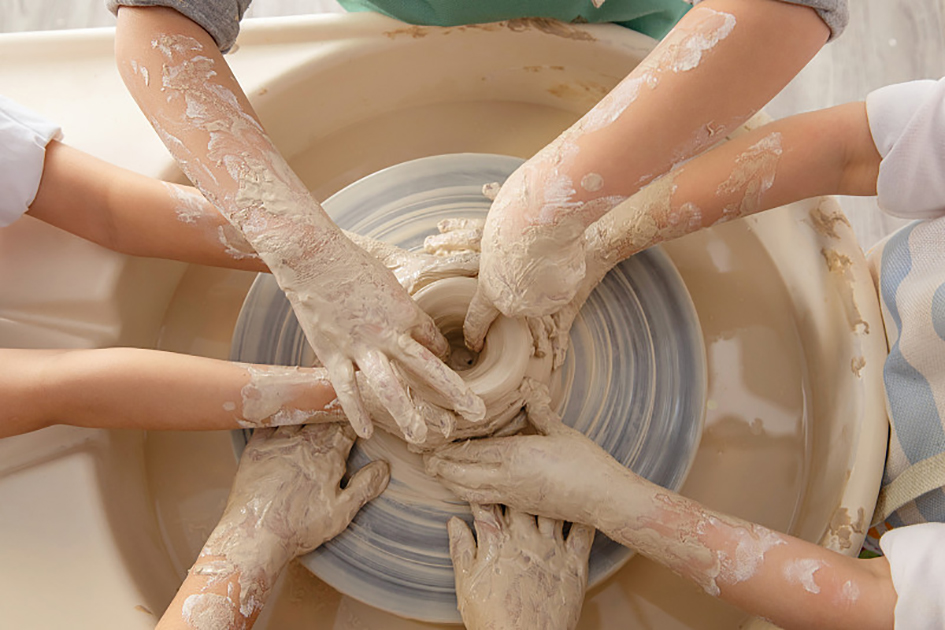
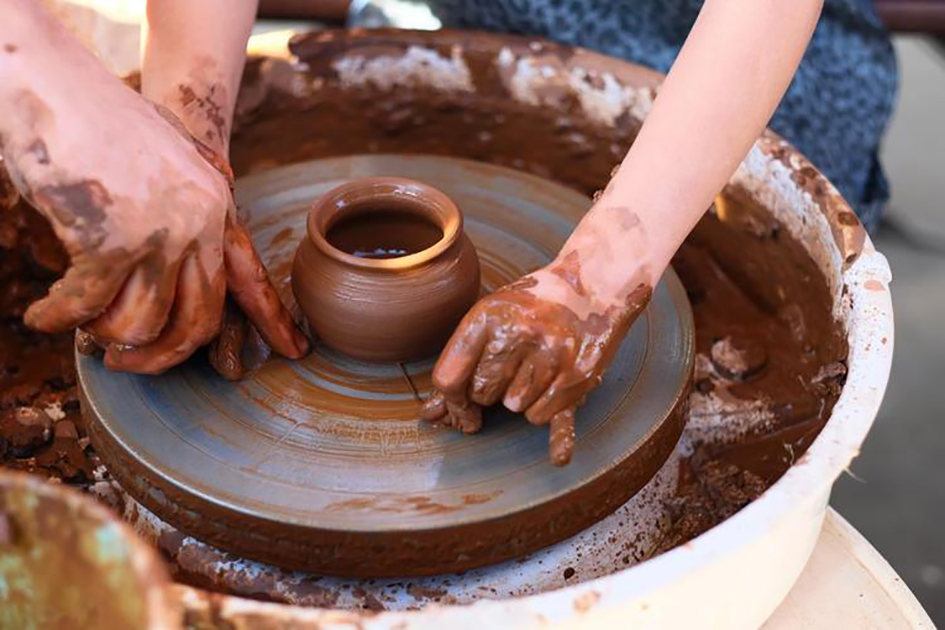
The most brilliant gift that ceramics gives to children is boundless creativity. Here, there are no uniform standard answers, and no rigid rules to restrict them. Clay in children’s hands is a magical material that can transform at will. They can shape the clay into shoes with propellers to run as fast as the wind, or build a rainbow-colored candy house filled with sweet dreams. Children can use their wild imagination to integrate their everyday experiences and the wonderful elements from fairy tales with ceramics, creating unique works that belong only to them. This breaks the conventional way of thinking and makes our kids more and more creative.
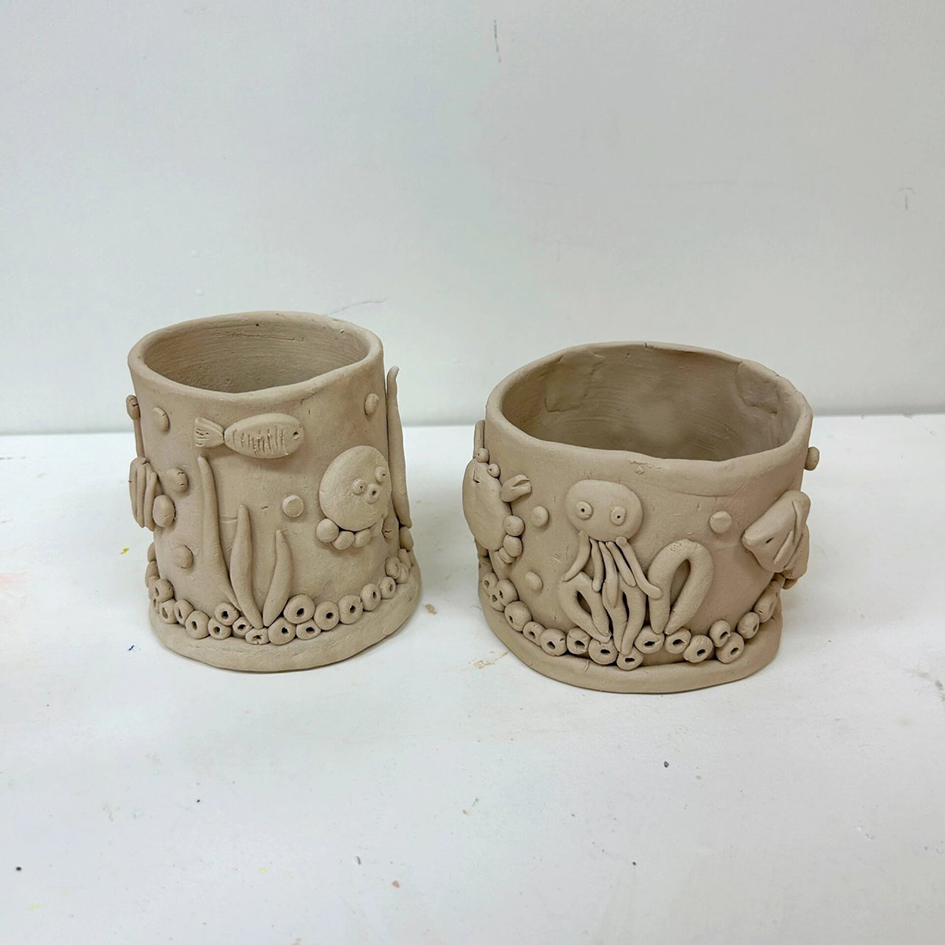
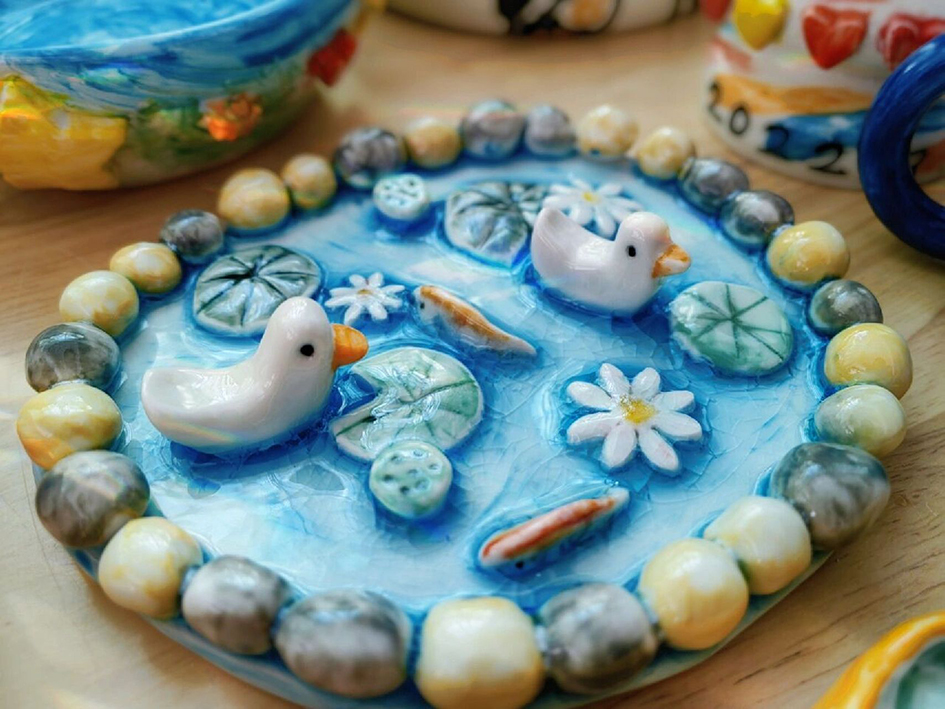
The Changchun International Ceramics Gallery provides children with a vast space for social interaction. Here, children sit together, each busy with their own creations. When encountering difficulties, such as not being able to tightly coil the clay strips, they proactively seek advice from their neighbors, sharing their own little tips: “Look, if you rub the clay strips like this, they will be more compact”, or “I found that if you slightly moisten the clay strips, they won’t break easily when coiled”. In this process of communication and mutual assistance, the spirit of cooperation quietly takes root. Family ceramic activities create warm and interactive moments for families. Parents and children discuss the theme of their creation together. The children excitedly share their imaginative ideas, while the parents listen patiently and offer suggestions. They work together to turn these ideas into reality. In this process, communication between parents and children becomes smoother, and children learn how to express their thoughts in a team and listen to others’ opinions, thereby enhancing their social skills in a comprehensive way.
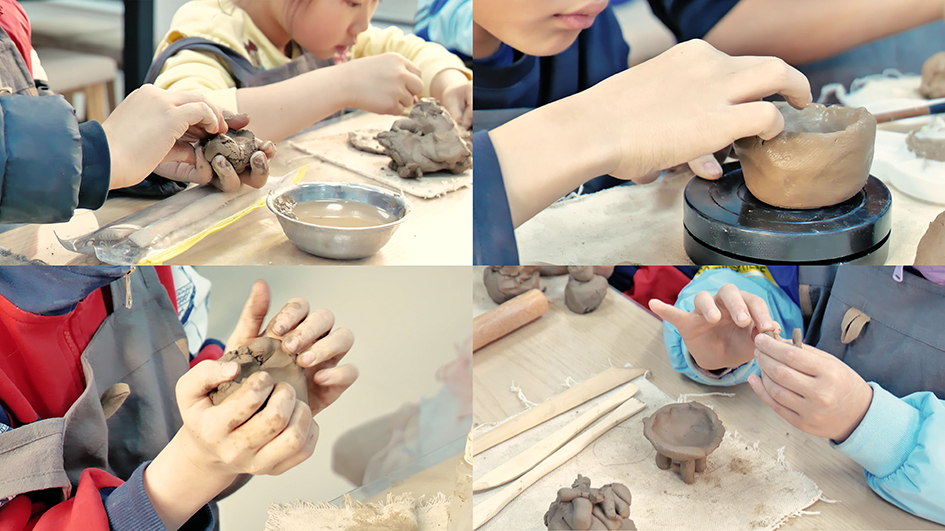
Children’s ceramics is far more than just a game of playing with clay. It is a high-quality educational resource that combines physical exercise, creativity, and social skills development. Parents and educators should keenly recognize this and encourage more children to visit the Changchun International Ceramics Gallery. In the fragrance of the clay, children can create miracles with their little hands and let their souls grow strong, embarking on a journey of growth filled with laughter and harvest.